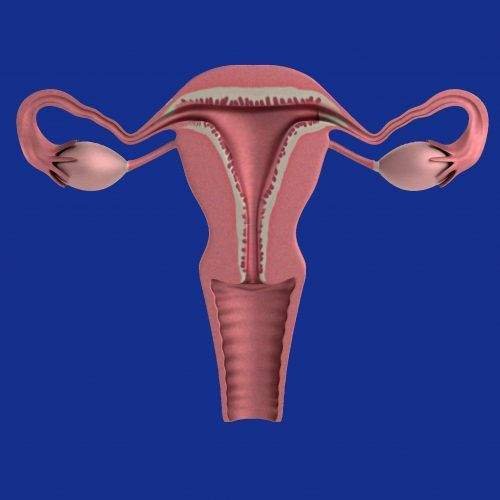Top 4 Most Common Causes of Ovarian pain

Good health leads to good life; therefore, it is important to ensure that your body is in a healthy condition. The continuity of life is guaranteed by the ability of human beings to reproduce. This makes the reproductive system one of the most vital body systems. However, just like other parts of the body, the reproductive system is faced by threats such as diseases or physical harm. Ovarian pain is one of the problems which might lead to more serious health problems. It refers to a mild or severe pain which originates in the lower abdomen, especially around the region below the navel.
There are two types of ovarian pain:
- Acute pain: – It lasts for few minutes to several hours
- Chronic pain: – It starts gradually but it persists for several months
Here are some of the causes of ovarian pain:
1) Mittelschmerz
If you find the name hard to pronounce, it’s because it is derived from two German words which literally mean “middle” and “pain”. It refers to ovarian pain which occurs during the ovulation process. It is characterized by a sudden sharp pain which can extend from few minutes to several hours. You can feel it on either one side or both sides and it is caused by various factors, such as:
- Ovarian wall rapture: – It occurs when the ovum breaks through the walls of the ovaries during ovulation.
- Irritation of the wall lining: – It is reaction of the uterus lining and the fluid from raptured follicle eggs.
- Muscle contraction: -The smooth muscles contract during ovulation leading to abdominal pain
- Fallopian tube contraction: – This happens immediately after ovulation.
- Follicular swelling: – It is the swelling of the follicle cells which occur before menstruation
2) Ovarian cysts
These are fluid filled sacs located in the inner walls of the ovary. Most women have developed cysts in one point in their lives but in most cases they disappear without any medical treatment. In fact, most cysts disappear by them self within few weeks or months. However, larger cysts usually persist and may lead to other symptoms like bloating, pelvic pain and abdominal fullness.
3). Endometriosis
This refers to a condition which involves the abnormal growth of the endometrium tissues. Endometrium cells are mucous membranes which grow inside the walls of the uterus. Abnormality occurs when they grow outside the lining of the wall and spread to the fallopian tube, ovaries and the pelvic tissues. This abnormal growth does not interfere with the operation of the cells.
They thicken, bleed and disintegrate during menstruation just like any other normal tissues. However, they fail to exit the body and lead to formation of cysts. This leads to the irritation of neighboring tissues which further leads to severe pain especially during menstruation.
4). Pelvic inflammatory disease
This is an infection of the ovaries, uterus and fallopian tube. The infection is often caused by chlamydia or gonorrhea. It is often not accompanied by any symptoms but when the symptoms are present, it usually includes: lower abdominal pain, pain during intercourse and vaginal discharge, burning sensation and fever. This condition can lead to other serious problems like tubal blockage, infertility and ectopic pregnancy.
Ovarian pain during ovulation is considered normal when it is mild. However, when the pain persists it is advisable to see a doctor. In fact, it is prudent to go for regular medical checkups in order to ascertain whether your pain is normal. You should also get a test for chlamydia every year if you are younger than 25 and sexually active. The doctor will prescribe some test after a close examination. Remember, early diagnosis can be treated, but longer you wait to be treated you are risking possibly serious complications.







